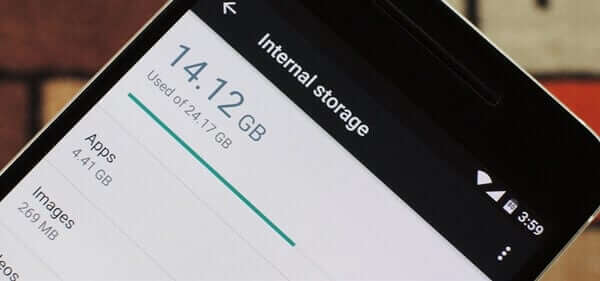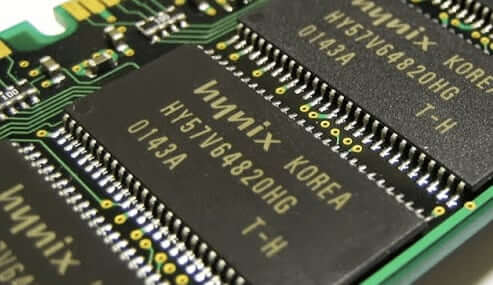What are ROM and RAM in mobile phones

What are ROM and RAM in mobile phones?
ROM and RAM are two important features to check out before buying a new smartphone. They determine crucial features related to phone's performance like speed and capacity, so it is necessary to have a look at these two significant concepts.
About RAM
RAM in phones is equivalent to RAM or memory in
computers. RAM in both of them stands for Random Access Memory. It is the
memory provided for the processor to memorize programs being executed and the
data used by them. The more the RAM, the more the codes and data it can
execute. A phone with more RAM can execute big and sophisticated software
without slowing down. An average smartphone now has usually more than 2 GB of
RAM, while the best ones could have up to 8 GB.
Both the operating system
and applications are located on the RAM while running. The time spent to turn
on your phone is actually the time needed to load operating system and
background applications on RAM. RAM is faster but has less capacity compared to
other types of memory. As it is called RAM is random access memory the
processor can access each part of it without any constraints.
RAM is where the processor
accesses all the data needed by the applications it executes. RAM and processor
are put near to each other in a single module that is attached to the
motherboard directly.
There are different types of
RAM. They differ in speed of access and the power consumption. RAMs are used
since 1960's and from then to now there have been lots of RAM generations. Each
generation was faster and less energy consuming than the previous generation.
LPDDR is the type of RAM used in phones. Its energy consumption is very low. It heats up very little. It is very small. But it is expensive. The most common generations of RAM used in phones are LPDDR2, LPDDR3, and LPDDR4. In each generation the speed is two times faster than the previous.

About ROM
ROM stands for Read-Only Memory. This type of memory
keeps the data stored on it while it is turned off. ROM is the long-term memory
needed by the phone to store codes and data permanently. Unlike RAM it doesn't
need electricity current to keep the data. It is equivalent to hard disk in
computer which stores various files including executable, audios, videos,
photos, system software, etc. Now an average smartphone has from 16GB up to
256GB of ROM. It should be noted that in your phones descriptions it is called
storage instead of ROM.
As it is called it is read-only memory, the phone only
reads from it all the necessary codes and data each time it is turned on or
running particular software. It needs a time to read data stored on the ROM, it
is the time spent while turning your device on.
In most recent generations of ROM (EPROM and Flash EPROM) the data stored can be deleted and rewritten multiple times. ROM is also attached directly to the motherboard.

Summary:
It is necessary to check RAM and ROM of the smartphone
you buy. RAM is the memory used temporarily to run programs being executed at
the moment, and the ROM is used to store software and data permanently. RAM is
usually more than 2 GB and the best phones have up to 8 GB of RAM. ROM is
usually from 16GB up to 256GB.

-415x200w.jpg)

-415x200w.jpg)





Leave a Comment